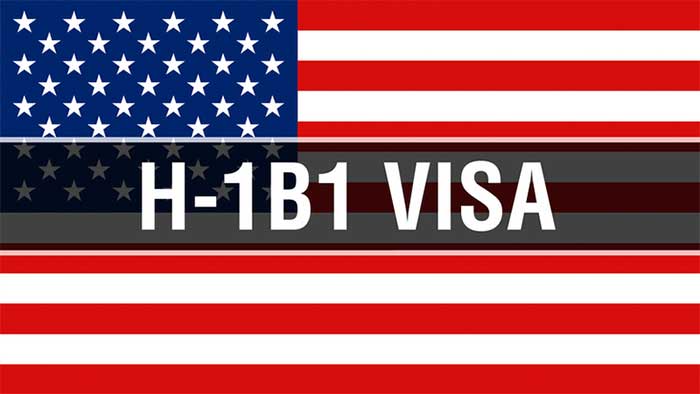“To compete in international markets, companies may need to relocate technology work to where skill is available at the lowest cost, shifting STEM jobs away from the U.S.,” said Jagadeesh Sivadasan, professor at the University of Michigan.
To compete and sell in international markets, the U.S. multinational companies may be forced to relocate technology work to where skill is available at the lowest cost
By Adrienne Selko for Industry Week
Graphic: @Borka Kiss | Dreamstime.com
Employers’ access to highly educated foreign professionals holding a H-1B visa was limited by a White House announcement on June 22 that it would extend a ban on several kinds of new visas through the end of 2020. The move extends an executive order issued April 21 that banned new visas for 60 days and was set to expire the same day it was extended.
The current annual statutory cap for H-1B visas is 65,000 visas, with 20,000 additional visas for foreign professionals who graduate with a master’s degree or doctorate from a U.S. institution of higher learning.
After the announcement was made a number of business groups including the National Association of Manufacturers, the U.S. Chamber of Commerce, National Retail Federation, TechNet and Intrax filed a lawsuit to oppose the White House actions.
IndustryWeek talked to Jagadeesh Sivadasan, Professor of Business Economics and Public Policy at the Ross School of Business at the University of Michigan, for his analysis of this situation.
IW: Coul this ban make the U.S. less competitive?
JS: This is true in principle, just as any restriction of a valuable input used by U.S. manufacturers would be. To the extent that the ban reduces access to talent with difficult to find skills, the ban would indeed reduce the competitiveness of U.S. manufacturers.
Even if workers with a particular skill are locally available, but are much more expensive than skilled workers who can be hired from other countries, this raises the cost for U.S. manufacturers. If U.S. consumers have access to products from non-U.S. firms, the U.S. manufacturers would find it difficult to pass the costs along to the consumer and would lose out to foreign competitors.
Having said that, US manufacturers are not DIRECTLY a big user of H1B visas, so the direct effect on them could be modest. In 2017 three manufacturing sectors show up in the H1B data : (i) Electronic Computer Manufacturing, (ii) Semiconductor and Related Device Manufacturing, and (iii)Radio and Television Broadcasting and Wireless Communications Equipment Manufacturing. Together they accounted for 9,093 of the total of 223,054 petitions, which was just 4.1%. The two biggest sectors are Computer services related and account for 142,794 or 64% of the petitions.



